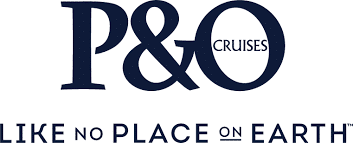When spam becomes scam
Almost 90 percent of emails sent last year were Spam, according to Pingdom, though it’s not known how many of those involved travel subjects.
There was no breakdown how many spams involved travel issues, however, but they are obviously very common, including a favorite that asks for travelers to pay more and receive benefits later, says Smarter Travel.
Spam may often just be unwanted ads but it can also involve become consumer-cheating scams that defraud users. One of the most commonthe "scams" involves “card mills” that sell travel agent IDs that claim you can travel like a travel agent at huge discounts.
“They may also claim that you can make easy money by actually selling travel from your home, You can make even more by enrolling others in the program, or both. Fees to join usually range from just under $500 to several thousand dollars,” says the site.
Just how many total emails were sent? Total: 107 trillion.
The average number of emails sent per day is 294 billion.
The number of email accounts held worldwide is said to be 2.9 billion, with 480 million new email users joining last year.
The number of Internet users worldwide is said to be 1.97 billion. In 2010, there was a 14 percent increase in Internet users since the previous year.
There were 255 million web sites as of December 2010, with 21. 4 million new web sites added during the year.
There was a 7 percent increase in the number of domain names added last year, with com domain names holding the majority at 88.8 million.
Pingdom is an internet monitoring service whose clients include Amazon.com, Twitter and iStockphoto.com.
By David Wilkening
 United Kingdom
United Kingdom United States
United States Asia Pacific
Asia Pacific













































Dozens fall ill in P&O Cruises ship outbreak
Woman dies after getting ‘entangled’ in baggage carousel
Turkish Airlines flight in emergency landing after pilot dies
Boy falls to death on cruise ship
Protestors now targeting Amsterdam cruise calls